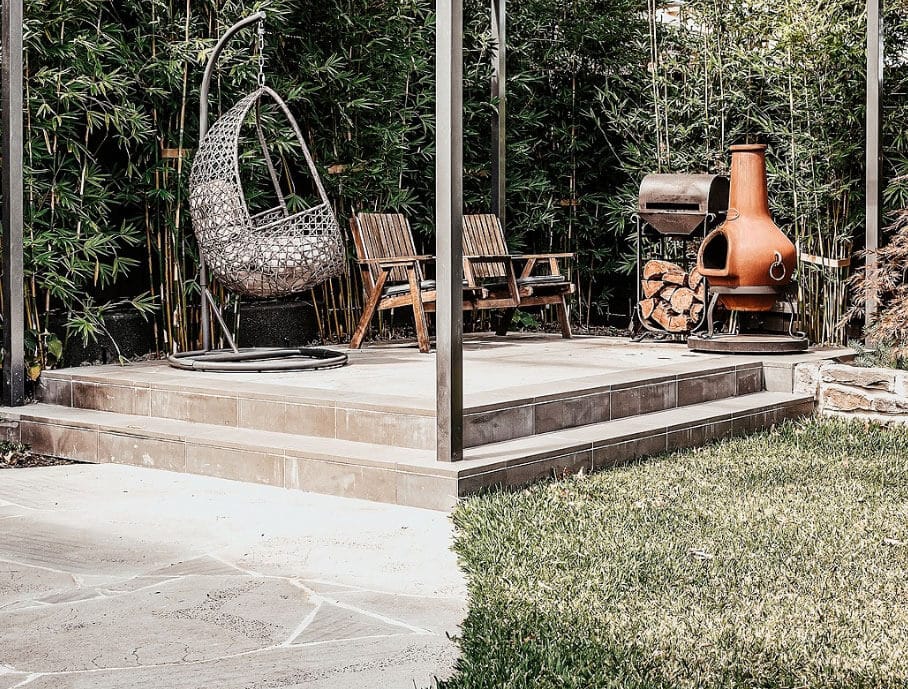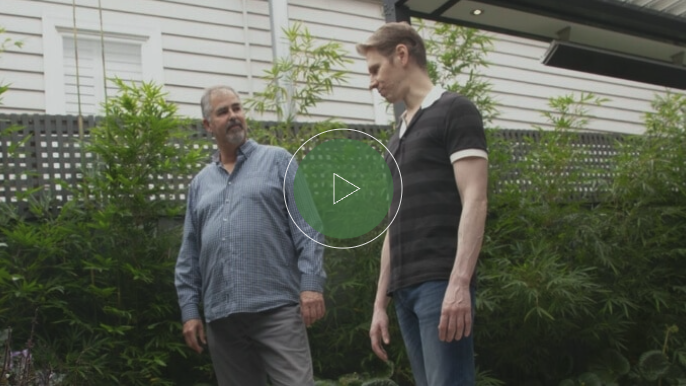There are Five Phases to your Landscaping Journey
Understanding the whole journey allows you to make informed decisions and avoid possible frustrations. Setting realistic expectations can only occur with proper knowledge. The following pages will outline every aspect of your journey and place you in better control over it.
Your Roadmap
In the diagram shown you will see an overview of the five phases you need to travel. Let’s take a look at what each of these entails.
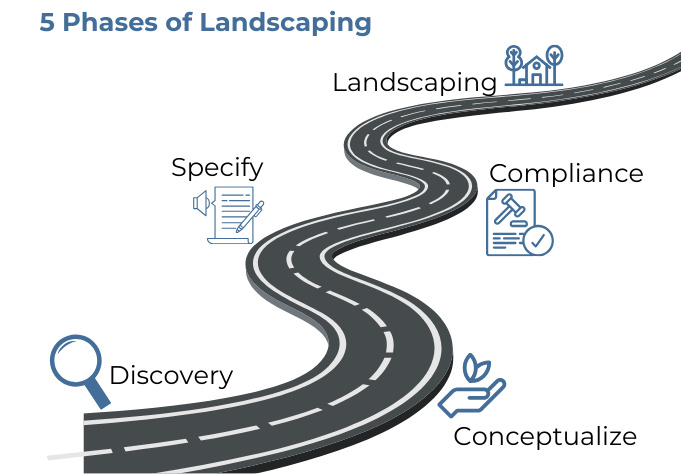
Discovery Phase
Your journey begins in a moment of contemplation. Whether that's looking out your window with a sinking feeling as you gaze upon an uninviting garden, or perhaps you are building a new home and have a blank canvas. Whatever the reason, the initial contemplation remains the driving force for change. Let us take a closer look at the makeup of this phase to see how it works.
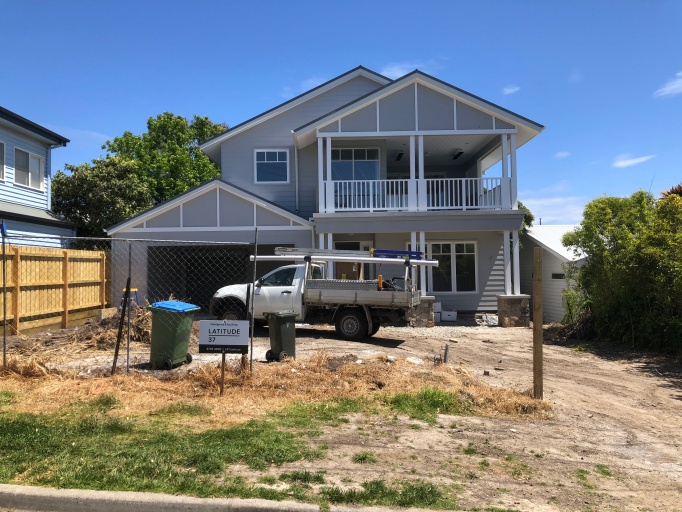
The Steps of Discovery
After the initial contemplation comes the revolving wheel of Imagine-Research-Define. This step can take weeks, months or even years. This is a vital step where you carry out online research and discover a garden that seems to resonate with you. Or perhaps you spend time at a friends garden and realise you love fragrance. You may even have remembered the villa in Tuscany you stayed at and how their garden made you feel. As you imagine your garden having elements you have researched, you define what it is you like and also don’t like. Repeating these three activities should end up in you having clarity on what you want, although sometimes, this is when people will reach out for a designer because there is simply too many variables and you feel overwhelmed.
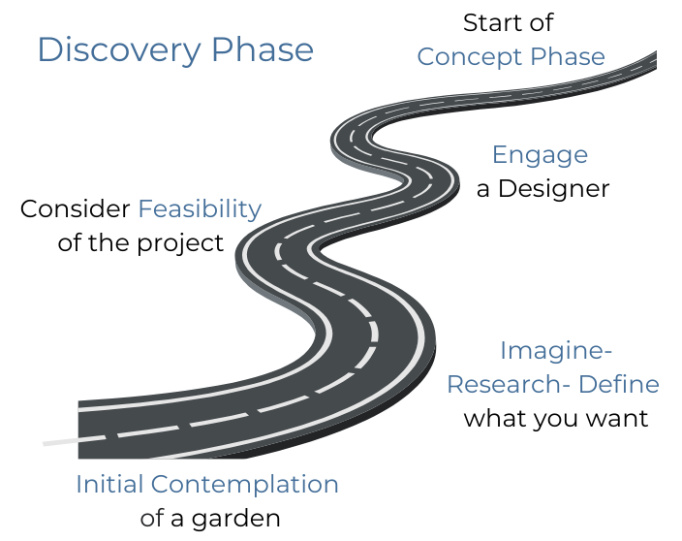
What to consider...
As you revolve around this wheel, consider these four aspects:
Functionality - How do you wish your garden to perform? What are the kids' needs? How many guests do you wish to entertain? Do you want a Pool?
Partnerships - Do you need a designer, landscaper, building surveyor, pool builder, kitchen installer, plumber etc? Do you want someone to project manage all this i.e. designer, landscaper or business that does all of it?
Aesthetics - What do you like to look at? Do you want fragrance or the sound of water? What style of planting do you like? Think of all the aspects that appeal to you.
Wellbeing - Ultimately, this is the real reason for doing any of this, that is, what will my garden need to be in order for me and others to feel elevated or more joyful?
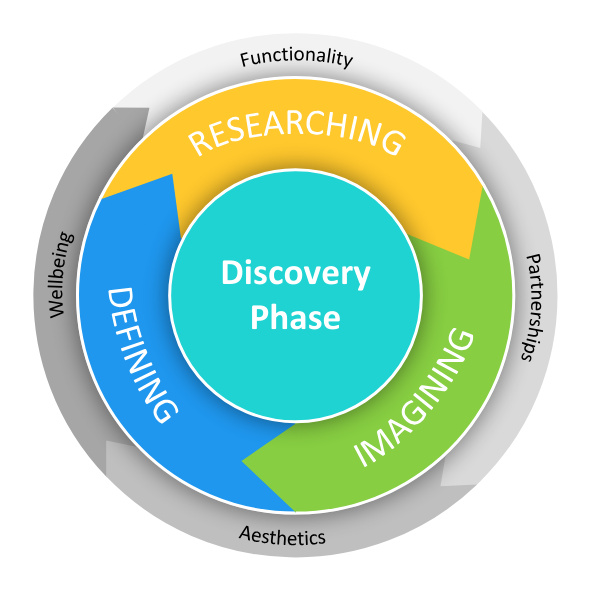
Feasibility
The question of feasibility is often back of mind throughout your journey. Once you know what you want, feasibility may become a barrier to moving forward until it is resolved. Often, this is a point where you contact a designer and discuss your ideas to:
- a) Find out if what you want is possible, practical etc.
- b) To get an idea of what it might cost
The Discovery Wheel never really stops revolving. Even as late as being in the middle of landscaping, a client might announce “I just came across... and was wondering if we should include this too?” - So, Imagine-Research-Define and feasibility are a constant throughout your journey.
It is worth mentioning here a commonly spoken question, “How much will landscaping cost?
This to be fully answered would take a few pages but in summary, the right designer should be able to use their experience to help you navigate this.
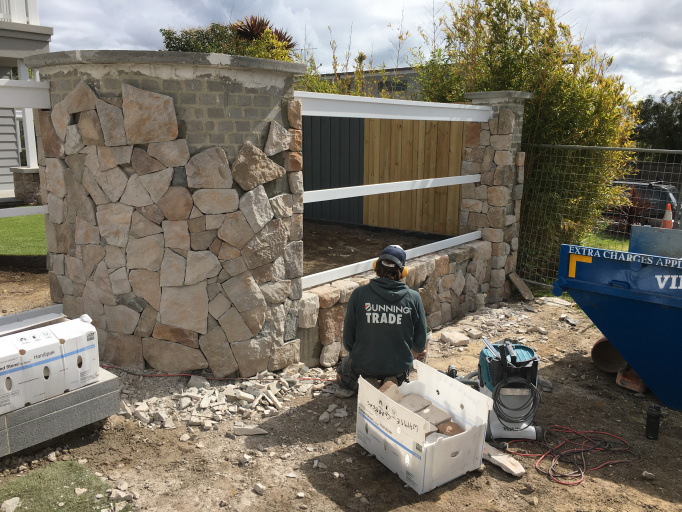
The Three Methods of Landscaping
Do It Yourself
You intend to carry out all labour yourself and so may consider engaging a designer only.
Project Managing
You may require a designer to develop plans and then intend to hire contractors to carry out the work.
Engage Professionals
You will engage a designer plus a landscaper, or engage one company that manages the entire design & construction process.
How to Engage the Right Landscape Designer
When people are ready to engage a designer they tend to express similar words like, “I know what I want but don’t know how to put it together.”
The question is, “How do I know which landscape designer to engage?”
Let’s take a look at this further…
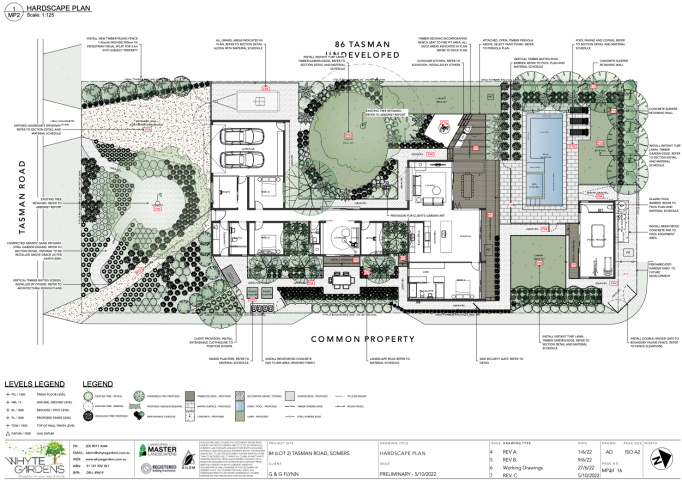
What to Assess
- The experience of the designer in relation to the complexity of your project.
- The styling they use.
- Their knowledge of landscaping practices.
- Their understanding of compliance matters.
- Are they linked to other landscapers they can refer?
- Do they offer to work with you all the way through to the completion of landscaping?
- How detailed are their plans?
- What is their plant knowledge?
- Is the designer and landscaper part of the same company and is this an advantage to you?
- Do you trust and like them, as this is important?
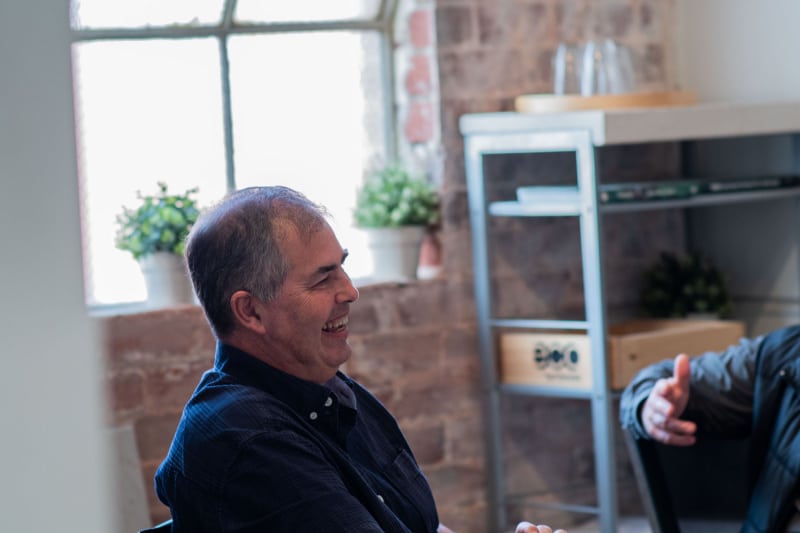
Concept Phase
Now that you have engaged a designer, they will begin by formulating a brief with you. A site analysis is taken to better understand the conditions of the site and understanding of the architecture of the building and surrounding area that will influence inclusions within the design.
Your brief or wish list, is the foundation of your design and as such you should ensure the designer thoroughly understands your aims, likes, dislikes, concerns and any and all other aspects they need to consider.
This stage entails the creation of a Concept Design. There is no standard to which a Concept Design is held, so different designers include what they wish. What you should gain from this phase is an understanding of how your wish list looks on paper. Does it include everything? Does the flow and proportions feel right to you? Can you see yourself in it and does it function well?
Studying the layout of your future garden is what is important.
A word on Budget
Here is the perfect time to ask for an estimated cost for landscaping. Although the design is still not detailed with materials and plants, there is enough information to give a very good costing for each element to arrive at a budget that will be close enough to make further decisions with.
Too often, designers complete the design and when the landscaper costs it, the client is left with a design way over budget that cannot be used. The solution is a costing at concept stage and if over budget, this is the best time to make adjustments that will bring the budget down.
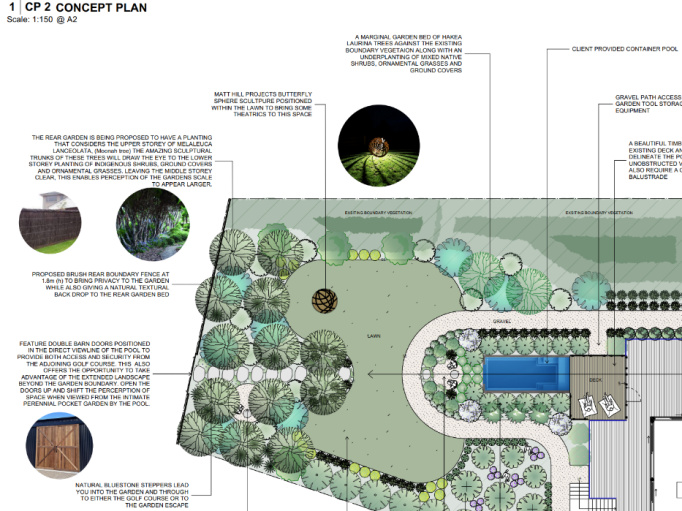
Specifications Phase
Having happily signed off that the concept is right, now is time to specify all materials to be used, colours, plan type, lighting, etc.
This step may involve visiting suppliers to physically see the materials, to feel the texture of the stone or see the glare that may reflect from materials. You may also visit a nursery to look at the plants suggested.
Where the previous phase may have stated 'Lawn', this phase requires you to ask yourself questions: How soft do I want it? How will I use it? How hard-wearing should it be? Who will mow it? and more. This phase is about making decisions.
This is where a good designer can guide you on what questions must be asked and help you articulate exactly what you want for your garden.
This is about building confidence in your decisions and knowing you are happy with them.
This is where your Master Plan is created and details all the plants, materials and finishes. Confidence follows if clarity is in place and you will feel more in control of the journey and the final two phases.
A word on Budget
As with the Concept phase, you should now have a revised costing which will be much more accurate. It may be the final fixed cost or it may require the next Compliance phase to be complete in order to finalise it completely.
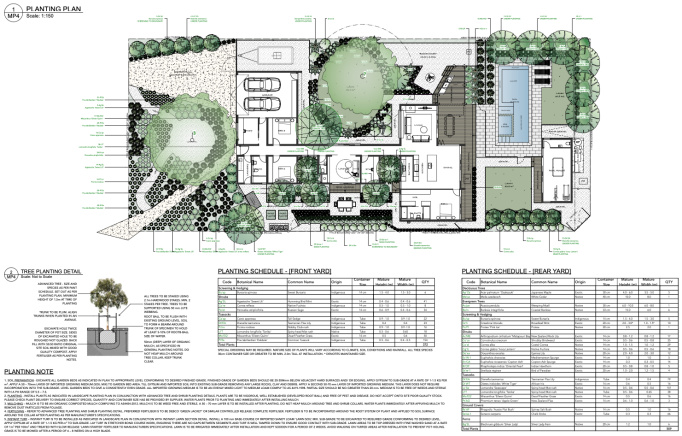
Compliance Phase
This phase may not apply to you if the project is simple. However, projects are becoming more complex, and landscaping follows all the same regulations that building a house must follow, so expectations must be set appropriately. Generally, this phase is not done by you but by others. In this phase, any of the following may be addressed:
- Will I need Engineering?
- Do I need any Council permits? (of which there are many)
- Do I need an Easement application?
- Do I need a Building permit?
- Do I need someone to liaise with a plumber or electrician?
- What is covered in the landscaping contract?
- Will my designer create the Working
Drawings or do I need a draftperson? - Does the landscaper need to be a licenced builder who takes out warranty insurance?
This phase can be the most disruptive and emotionally draining of all the phases. It may take three weeks to have a council application approved. It can take a year. When you have an engineer take 2-4 weeks, then it goes to the council for six weeks, then to a building surveyor for three weeks, then timeframes get drawn out.
It is important to understand what your project may run into and how long this will take. It is also prudent to allow expectations to change. Only once you lodge an application do you sometimes discover your land or home has specific requirements with additional needs. These additional hurdles require more effort and time.
Setting realistic expectations is important. Having the right team working on your application is important. And sometimes, designing in a way to avoid needing permits in the first place, can be just as important.
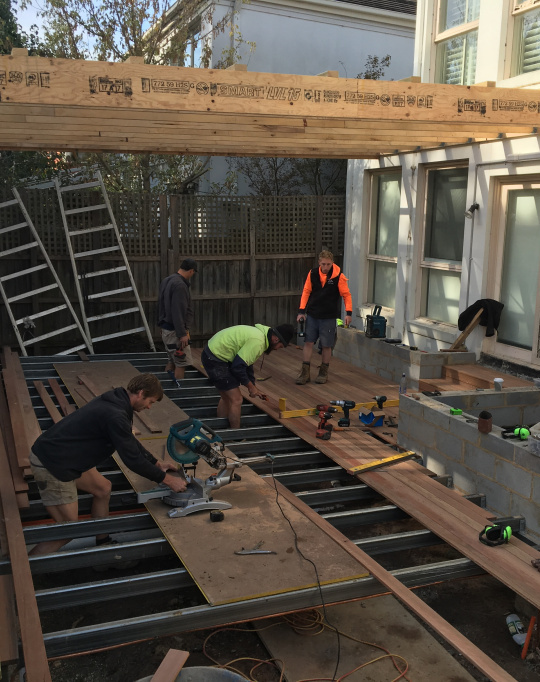
Landscaping Phase
This is the exciting phase of seeing it all come to life. And again, we point out that other phases may creep back in here, E.g. While excavating, you 'discover' an old concrete spa that requires the engineer to amend their documents for us to build from.
It is common for a client to say during the landscaping phase, "I just noticed that now our tree has been removed, I can see my neighbour's window is overlooking our new pool. Can we buy more mature trees to provide privacy quicker?" - This is where variations to contract occur.
Landscaping greater than $16,000 needs to be contracted with a registered builder who will take out warranty insurance for your project. This is your only guarantee should anything go wrong.
It is worth mentioning that gardens that stand the test of time and age gracefully and are admired need looking after.
Low maintenance is a request nearly all clients ask for, but gardens are alive and evolving and so need some degree of looking after. Factor in who will care for the garden and how much maintenance is required.
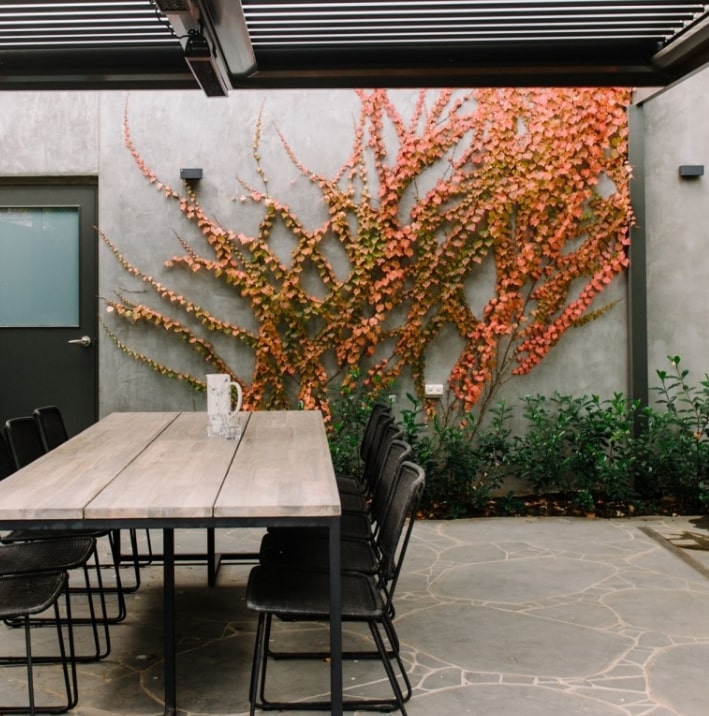
Here’s What A Few of Our Clients Have to Say About their Garden Transformations:
"The final design blew me away."
"So much interest and detail was put into the visual aspect of both front and back gardens. I love my decking, plants used and my outdoor BBQ area. What a difference it makes to use a landscape architect who is sensitive to your needs, with the end result being a garden that is so pleasing to the eye. Whyte Gardens thorough and professional approach was constant throughout the whole design and implementation process."
Rosa Lanteri
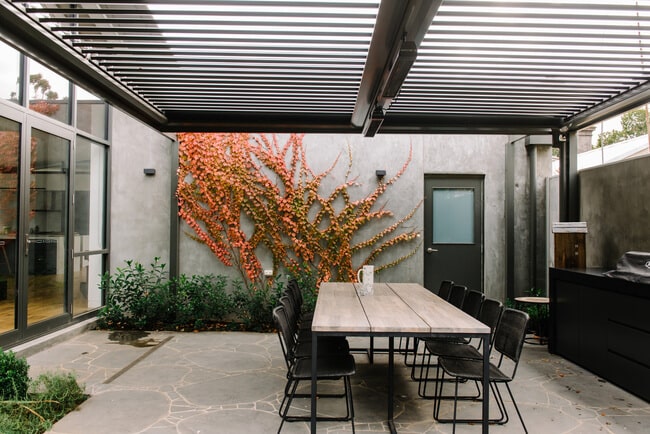
"We were lucky to have a personal recommendation to approach Whyte Gardens and consider their design for our lakeside retreat."
"The task was challenging with tight local regulations and a difficult block with which to work. We were delighted with their initial design and their professionalism in the build phase. They transformed the block into a landscape of which we are very proud. The design is sensitive to both the local community and to our home."
Mark & Julie Umstad"
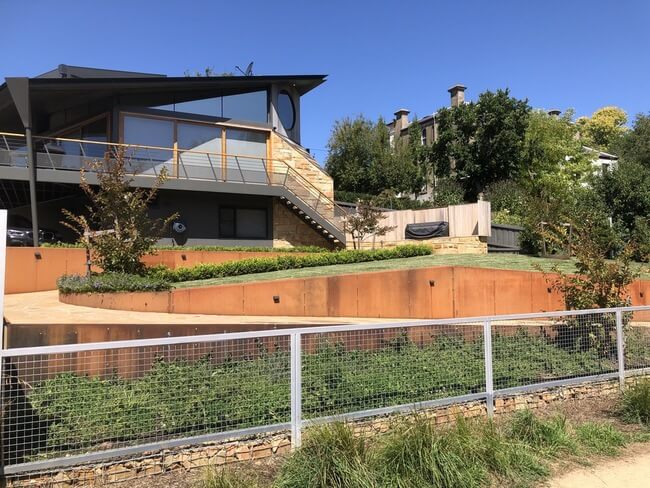
“Andrew and his team were very professional and helpful.
They did an exceptional job of my courtyard, the team were friendly and helpful and I am very happy with the end result. I highly recommend Whyte Gardens.”
Alexandra Smith
“The team went above and beyond to make my dream garden a reality and have it ready by Christmas.”
Sharne Young
Whatever your vision is for your Ideal Garden, we’re excited to bring it to life
by managing the entire Design & Construction process, so you can finally relax and bask in the beauty of your beautiful outdoor space.
